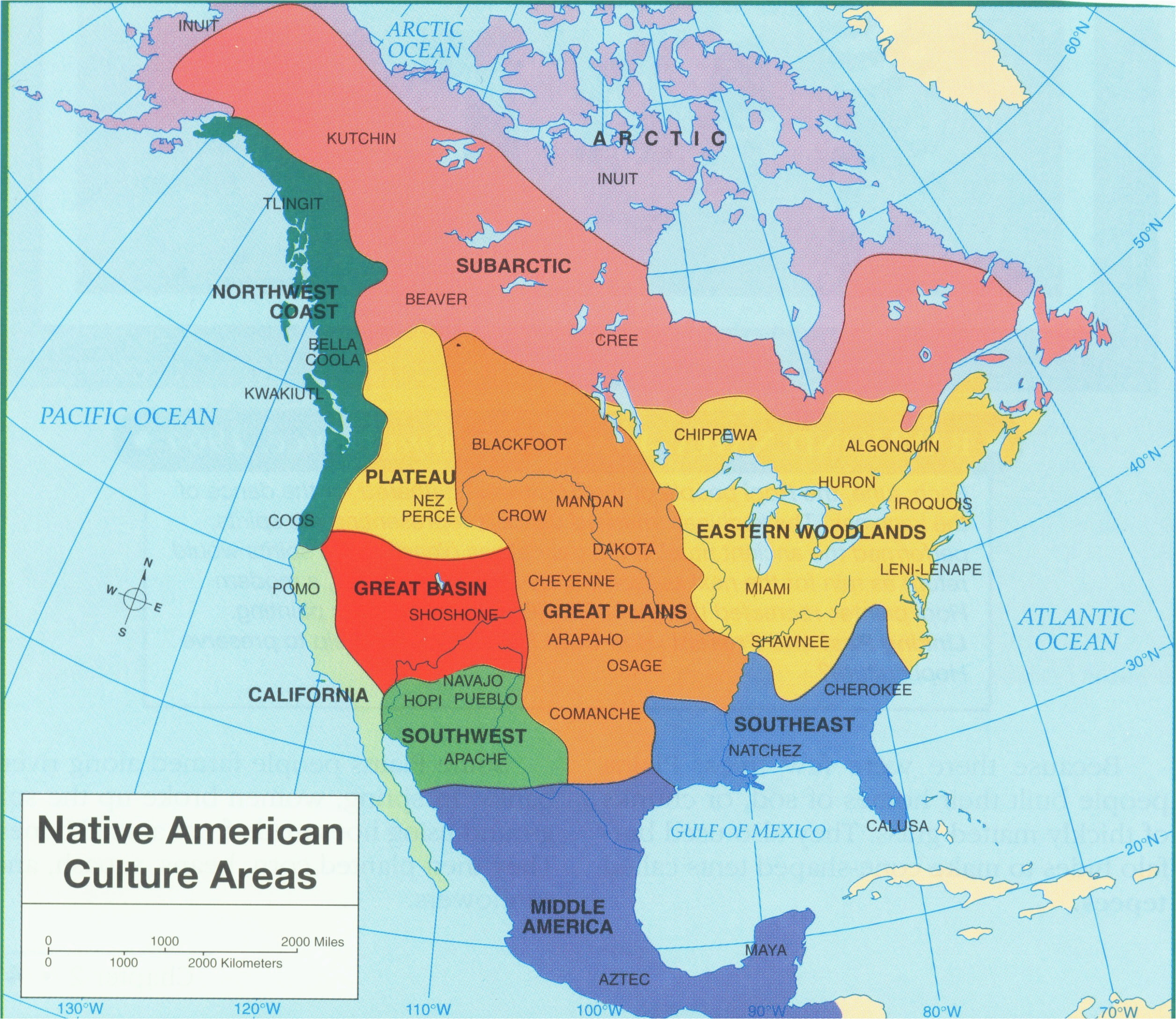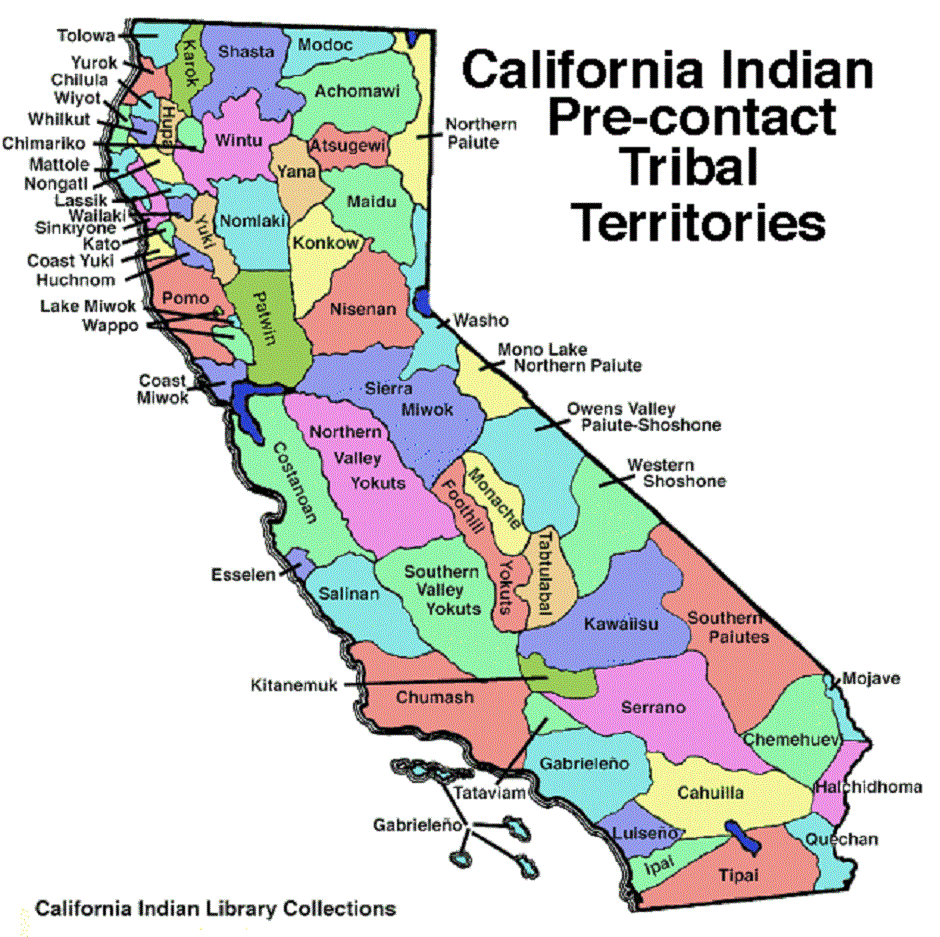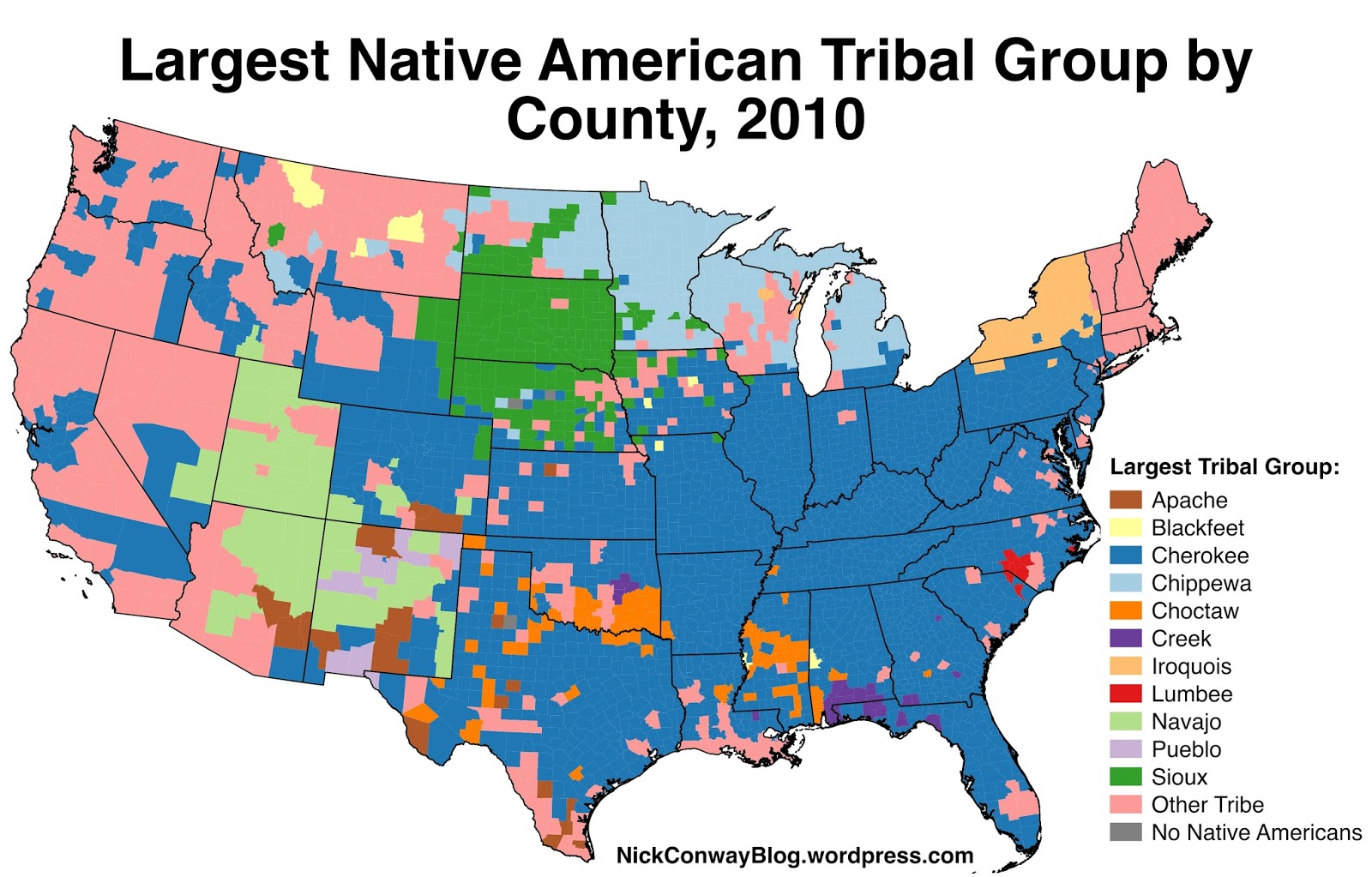Land of the Spirits: Exploring Native American Tribes Near Los Angeles
Land of the Spirits: Exploring Native American Tribes Near Los Angeles

Los Angeles, a sprawling metropolis renowned for its glitz and glamour, is built upon a rich tapestry of history, woven by the hands of indigenous peoples who called this land home for millennia. While the city’s modern landscape might obscure their presence, the echoes of their traditions, stories, and resilience reverberate throughout the region.
This article dives into the fascinating history and vibrant cultures of the Native American tribes who once thrived in the area now known as Los Angeles. We’ll explore their unique languages, customs, and struggles, shedding light on their enduring legacy in a city that often overlooks its indigenous roots.
Related Articles: Land of the Spirits: Exploring Native American Tribes Near Los Angeles
- Unveiling the Tribal Tapestry: Discover the Heart of South Dakota's Indian Reservations
- Unveiling the Native American Heritage of South Dakota: Discoveries and Insights
- Unveiling Native American Heritage: Discoveries on New England's Reservations
- Discover the Enchanting World of Native American Tribes in Taos, New Mexico
- Unveiling the Native Texan Legacy: Discover the Heart of Texas's Native Reservations
The First Inhabitants: A Tapestry of Tribes
Before the arrival of European settlers, the Los Angeles Basin was a diverse and vibrant landscape, home to a network of interconnected Native American tribes. Each tribe held a distinct cultural identity, shaped by their environment and their relationship with the land.
The Tongva/Gabrieleño: The most prominent tribe in the Los Angeles Basin, the Tongva, also known as the Gabrieleño, were the original stewards of this land. Their name, "Tongva," meaning "the people," reflects their deep connection to the region. They were skilled hunters, gatherers, and fishermen, thriving in the diverse ecosystems of the coastal plains, mountains, and valleys. Their intricate knowledge of the land allowed them to cultivate a sustainable way of life, utilizing the abundant resources of the region.
The Chumash: To the north of the Tongva, the Chumash inhabited the Santa Barbara Channel Islands and the surrounding mainland. Known for their remarkable craftsmanship, they were skilled canoe builders, creating impressive vessels for fishing and trade. Their intricate shell beadwork and elaborate ceremonies reflected their deep connection to the natural world.
The Tataviam: In the rugged mountains north of Los Angeles, the Tataviam people lived in small, dispersed communities. Their unique language and customs were shaped by their harsh environment, and they developed a deep knowledge of the mountains and their resources.
The Serrano: Further inland, the Serrano people occupied the San Bernardino Mountains and the surrounding valleys. They were known for their distinctive pottery and their intricate basket weaving techniques. Their relationship with the land was deeply spiritual, reflected in their ceremonies and their reverence for the natural world.
A Legacy of Resilience: The Impact of Colonization
The arrival of European settlers in the 18th century marked a dramatic shift in the lives of the Native American tribes of Los Angeles. The introduction of diseases, forced relocation, and the loss of their traditional lands had a devastating impact on their communities. Many tribes were decimated by diseases like smallpox, and those who survived faced the challenges of assimilation and cultural suppression.

The Mission Era: The Spanish colonization of California brought with it the establishment of missions, intended to convert and control the indigenous population. The Tongva were particularly affected by the establishment of Mission San Gabriel Arcángel, which forcibly relocated them and disrupted their traditional way of life. The mission system, while offering some protection from disease and violence, also imposed a strict regime of forced labor and cultural suppression.
The Rancho Era: After the Mexican Revolution, the mission system was dismantled, and the land was granted to Californios, individuals of Spanish descent. The Native American tribes, however, were not granted any land rights and were forced to work as laborers on the ranchos, often under harsh conditions.
The American Era: With the American takeover of California in 1848, the Native American tribes faced further displacement and dispossession. The Gold Rush brought an influx of settlers, and the government enacted policies aimed at forcibly removing Native Americans from their traditional lands.
The Fight for Recognition: A Long and Difficult Struggle
Despite the hardships they endured, Native American tribes in Los Angeles have persevered, fighting for their rights and preserving their cultural heritage. They have faced an uphill battle for recognition and self-determination, battling against prejudice, discrimination, and the erasure of their history.

The Rise of Tribal Sovereignty: In recent decades, there has been a growing movement for tribal sovereignty and self-determination. Native American tribes have been working to reclaim their land, assert their cultural rights, and gain recognition for their unique identities.
The Importance of Education and Awareness: Understanding the history and culture of the Native American tribes of Los Angeles is crucial to fostering a more inclusive and just society. It’s essential to learn about their contributions to the region, their struggles for survival, and their ongoing fight for recognition.
Visiting the Legacy: Cultural Sites and Museums
Los Angeles offers a number of opportunities to learn about the rich history and culture of the Native American tribes who once called this land home.
The Autry Museum of the American West: This museum, located in Griffith Park, features exhibits on the history and culture of Native American peoples, including the Tongva, Chumash, and Serrano tribes.

The Mission San Gabriel Arcángel: While the mission system had a complex and often negative impact on the Tongva people, it also offers a window into their history and culture. The mission is now a historic landmark, and visitors can learn about its role in the colonization of California.
The Los Angeles County Museum of Art (LACMA): LACMA houses a collection of Native American art and artifacts, including works by Tongva and Chumash artists.
The Santa Monica Mountains National Recreation Area: This vast parkland encompasses the traditional territories of the Tongva and Chumash tribes. Visitors can explore the rugged beauty of the mountains, hike through ancient trails, and learn about the indigenous history of the area.
The Future of Indigenous Voices:
Today, Native American tribes in Los Angeles continue to play a vital role in the city’s cultural landscape. They are actively involved in preserving their traditions, educating the public about their history, and advocating for their rights. Their voices are becoming increasingly prominent, challenging the dominant narratives and demanding a more inclusive understanding of Los Angeles’ past and present.
FAQ: Native American Tribes Near Los Angeles
Q: What Native American tribes lived near Los Angeles?
A: The most prominent tribes in the Los Angeles Basin were the Tongva/Gabrieleño, Chumash, Tataviam, and Serrano.
Q: What happened to the Native American tribes after European colonization?
A: The arrival of European settlers had a devastating impact on the Native American tribes of Los Angeles. They faced disease, forced relocation, and the loss of their traditional lands.
Q: What is the current status of Native American tribes in Los Angeles?
A: Native American tribes in Los Angeles continue to fight for their rights and preserve their cultural heritage. They are working to reclaim their land, assert their cultural rights, and gain recognition for their unique identities.
Q: Where can I learn more about the history and culture of Native American tribes in Los Angeles?
A: You can visit the Autry Museum of the American West, the Mission San Gabriel Arcángel, the Los Angeles County Museum of Art (LACMA), and the Santa Monica Mountains National Recreation Area to learn about the history and culture of the Native American tribes of Los Angeles.
Q: How can I support Native American tribes in Los Angeles?
A: You can support Native American tribes in Los Angeles by learning about their history and culture, visiting their cultural sites, and advocating for their rights. You can also support Native American-owned businesses and organizations.
Conclusion: A Legacy of Resilience and Hope
The story of the Native American tribes near Los Angeles is a testament to resilience, adaptation, and the enduring spirit of a people who have faced unimaginable challenges. Their history is woven into the fabric of the city, and their voices continue to resonate, reminding us of the importance of acknowledging and respecting the indigenous roots of our communities. As we explore the modern landscape of Los Angeles, it’s crucial to remember the stories of the people who came before us, their struggles, and their enduring legacy. By embracing their history and honoring their traditions, we can foster a more inclusive and just society, one that truly reflects the diverse tapestry of its past and present.

Closure
Thus, we hope this article has provided valuable insights into Land of the Spirits: Exploring Native American Tribes Near Los Angeles. We appreciate your attention to our article. See you in our next article!